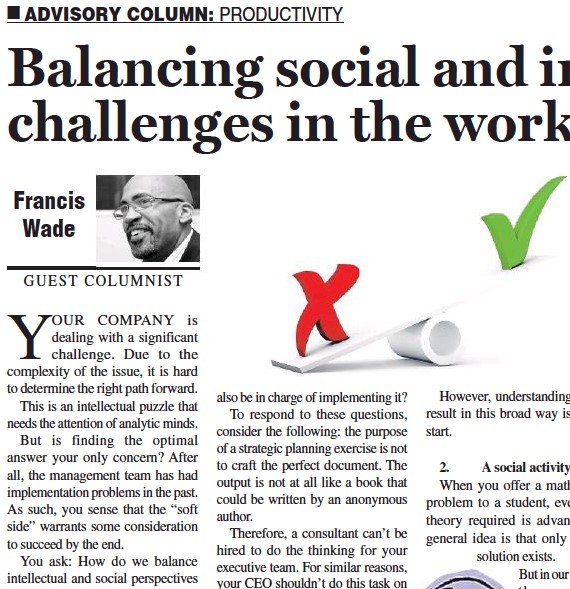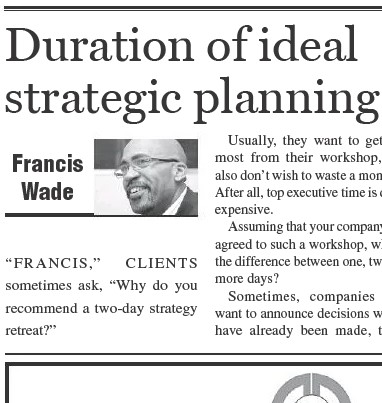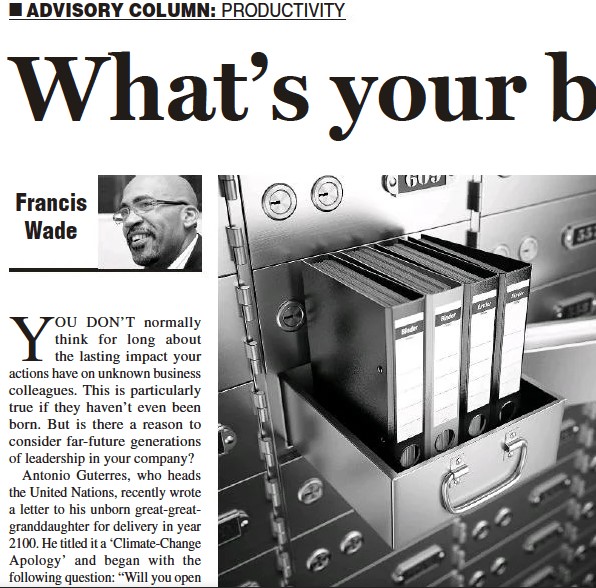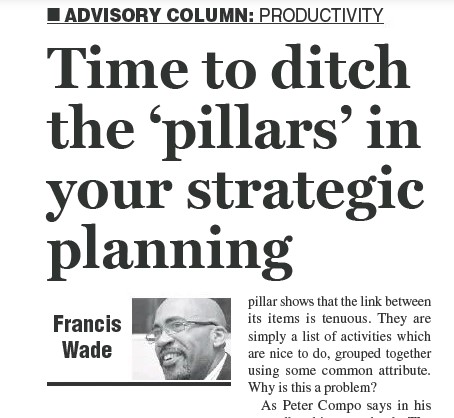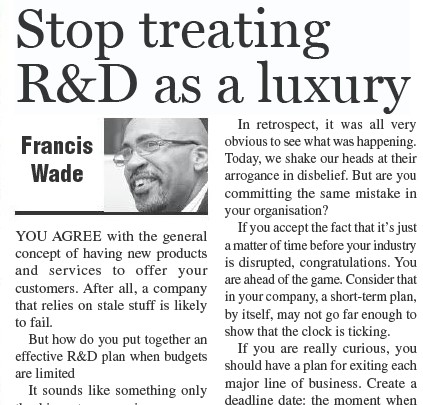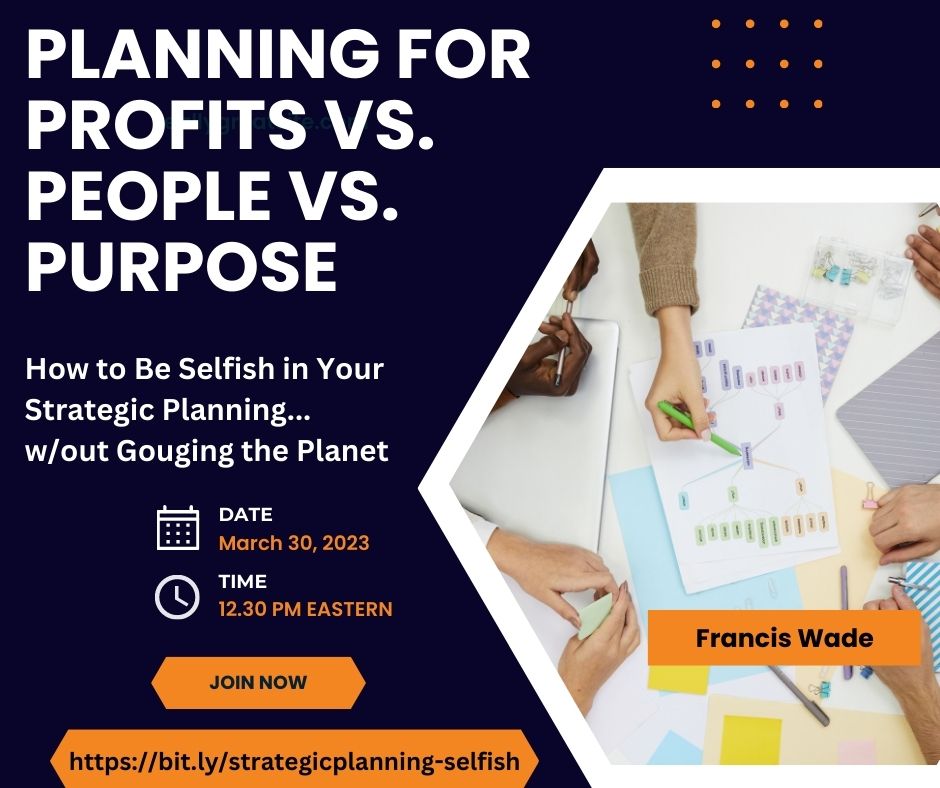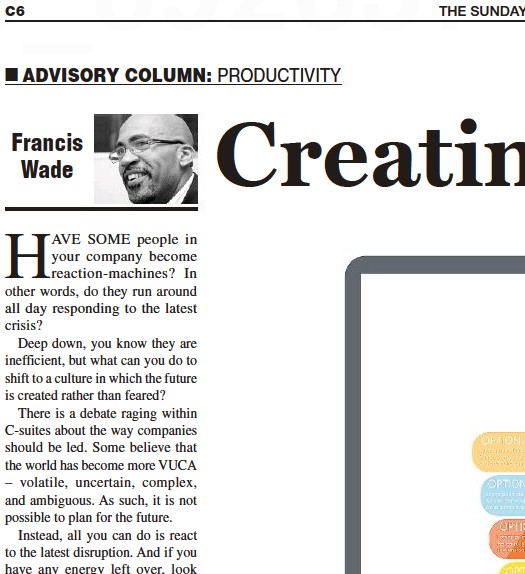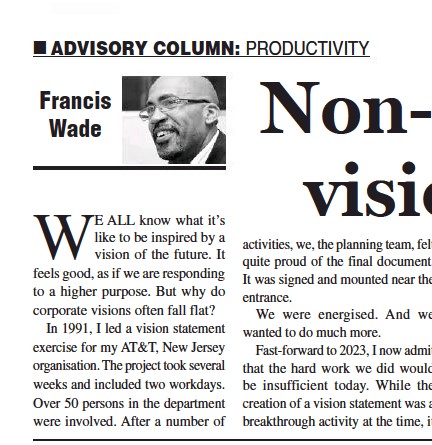Your company is dealing with a significant challenge. Due to the complexity of the issue, it’s hard to determine the right path forward. This is an intellectual puzzle that needs the attention of analytic minds.
But is finding the optimal answer your only concern? After all, the management team has had implementation problems in the past. As such, you sense that the “soft side” warrants some consideration to succeed by the end.
You ask: “How do we balance intellectual and social perspectives so that we effectively tackle the complete problem?”
Now, you must design an event that accomplishes all your goals, not just some. Here are some suggested ways to shape your interventions, using the example of your company’s corporate strategic plan.
- Determine acceptable outcomes.
Before the exercise starts, you need to create a clear picture of the final result. Rather than fixate on a single point, craft an array of acceptable outcomes. Here are some questions you can begin with.
How important is it to get to the exact right answer? How close do you have to come? What other soft-skills and communications targets need to be accomplished?
Will the team solving the problem also be in charge of implementing it?
To respond to these questions, consider the following: the purpose of a strategic planning exercise is not to craft the perfect document. The output is not at all like a book which could be written by an anonymous author.
Therefore, a consultant can’t be hired to do the thinking for your executive team. For similar reasons, your CEO shouldn’t do this task on his or her own either.
Consider the idea that it’s possible to capture the ideal language on paper, but do so in a way that ultimately fails.
So don’t fixate on the written words. Instead, concentrate on the decisions to be made. Think of ways to maximize the following:
- The participation of affected stakeholders.
- The inclusion of internal experts with unique insights.
- The engagement of executives who must implement the decision.
But understanding the end-result in this broad way is just the start.
- A Social Activity
When you offer a maths problem to a student, even if the theory required is advanced, the general idea is that only a single solution exists.
But in our example, the process followed to derive the answers has everything to do with the chances of effective implementation. If you include the right people appropriately, you increase the odds that the final strategic plan will be embraced.
To illustrate, imagine locking a group of colleagues in a room. The only way they can escape is to solve a difficult puzzle.
Studies have shown that the bonding which may occur in such situations is transformative, even for a bunch of strangers.
This is especially true if the task is challenging and the activity is meant to accomplish an explicit, higher purpose.
Why is this important? It all means that to hit all your stated outcomes, you must address the “soft side” of the team’s activities. In your design, this aspect needs to be fostered, not left to chance.
Given this fact, scrutinize every step along the way with a social lens. Plan each activity to help the team make progress towards effective problem-solving and future implementation.
Fail to do so, and even the initial invitations sent out to ask team members to save the date can be unsuccesful. How? All of a sudden, calendars will become unavailable without explanation.
- Unique, Interlocking Information
Get the executive team working well together and you will find that its collective IQ is greater than that of any individual. As members bring different areas of expertise to bear, you’ll see where unique discussions emerge.
Once again, these are impossible for even McKinsey consultants to have. Only people with an in-depth understanding who trust each other’s knowledge can engage deeply. The collective decades of experience inform the analysis.
As a result of all these factors, the likelihood of successful implementation is much higher.
Furthermore, it’s sometimes unhelpful to compare an executive team in one company with another. But if the event is facilitated skillfully, the group will make practical commitments which match their ability to deliver results.
For example, a board member who serves multiple companies may refer to a bunch of leaders from another company as an exceptional case. Although the comparison may encourage creativity, every organization has to follow its own limitations.
Realistic planning means considering constraints before making new commitments.
As this occurs, resist the urge to draw comparisons. Instead, seek solutions which help you achieve social and intellectual outcomes at the same time that fit your unique circumstances.
Francis Wade is the author of Perfect Time-Based Productivity, a keynote speaker and a management consultant. To search his prior columns on productivity, strategy, engagement and business processes, send email to columns@fwconsulting.com.

